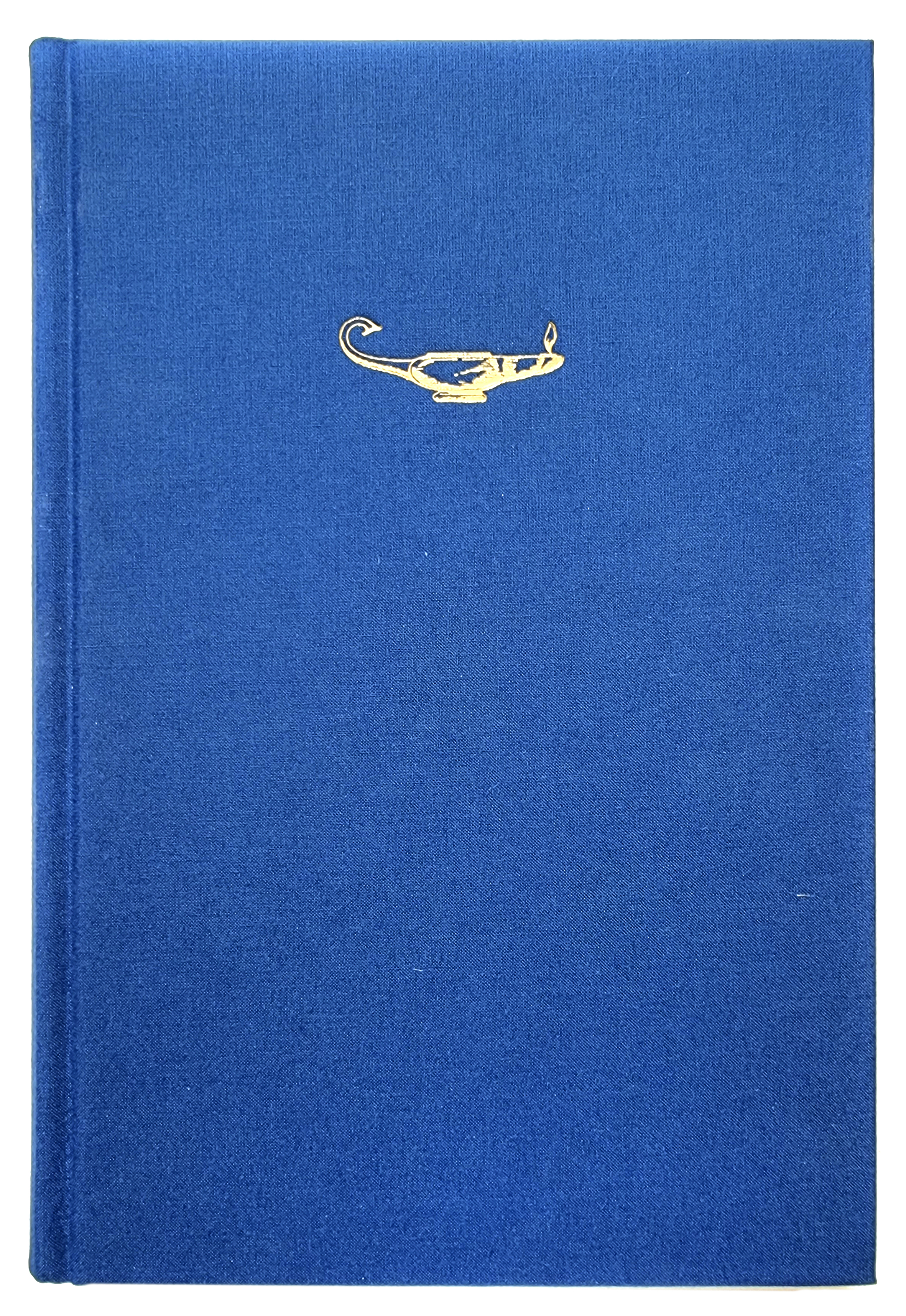From patient to specimen and back again
Radical surgeries and pelvic pathologies in Museum Obstetricum
Keywords:
Obstetrical collections, caesarean sections, nineteenth century, co-production, SwedenAbstract
Dispersed between museums connected to Uppsala University, there are pelvis specimens, casts thereof, and obstetrical instruments. These collection objects were once part of a specialised unit at the medical faculty – Museum Obstetricum. This article deals with the formation of this obstetrical collection at Uppsala University in the mid-nineteenth century. The aim is to investigate how it was motivated by the doctor-collectors and how they framed the intended usage. In this study, the collection is situated in the intersection between the contemporary medical interest in pathological conditions and the infrastructure of maternity care. In particular, by using the concept of co-production, the analysis focuses on the interplay between Museum Obstetricum and obstetrical practice when encountering obstructed labours, more specifically radical surgeries – such as the caesarean section. Drawing on collection objects, archival texts, and medical publications, this article sheds light on aspects such as framings of consent, tensions between saving lives and acquiring new pelvis specimens, as well as tensions between who to save: the woman or the fetus.
Downloads
Published
Issue
Section
License
This work is licensed under a Creative Commons Attribution 4.0 International License. The copyright for the work published in Lychnos remains with the authors.


